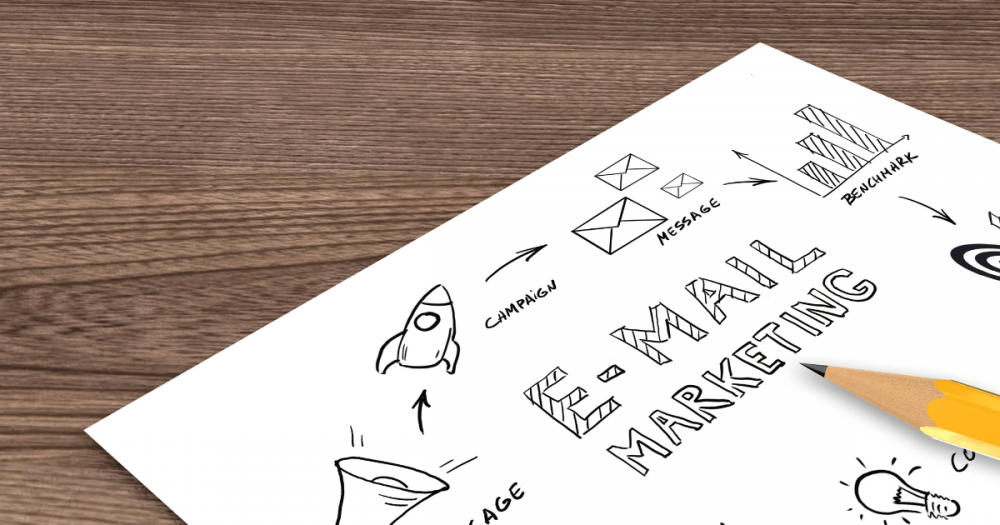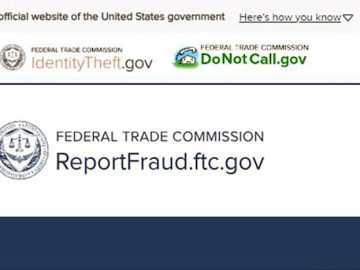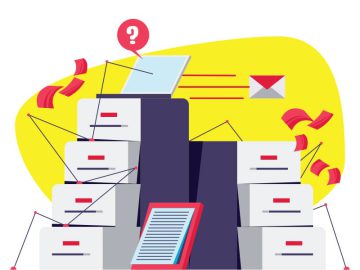Email marketing is a powerful tool for accounting firms, but it is often done badly. The average open rate for finance-related emails is around 26.48%, significantly lower than that of other sectors like media or retail. However, the challenge is not the medium itself but the way it’s being used.
Receipt Bot
We accept that email marketing is no longer trending anymore, but its relevance for accountants is undeniable. Unlike social media, it provides direct communication with clients and prospects. While users may not constantly check their inboxes, they do return regularly, ensuring that your messages eventually reach them. Beyond its reach, email marketing is a cost-effective way to build trust and credibility for your brand through personalized and consistent communication.
As accountants, you don’t have to be ‘marketing experts,’ but understanding effective strategies can make all the difference in reaching potential clients. In this blog, we’ll cover four common email marketing mistakes and offer practical tips to help your firm avoid them and boost your results.
Sending Generic and Irrelevant Content
Creating personalized email content is crucial for engaging your audience. There are the following challenges in sending generic content:
- Low Engagement Rates: Recipients are less likely to open or respond to emails that don’t resonate with their specific needs or interests.
- Increased Unsubscribes: Sending irrelevant content can lead to higher unsubscribe rates, negatively impacting your email list.
- Poor Brand Perception: Consistently sending generic messages can harm your firm’s reputation, making it appear out of touch with clients’ needs.
Here are some practical solutions to this challenge:
- Segment Your Audience: Use niche segmentation of your email list based on client demographics, interests, and behaviour to tailor content to their specific needs.
- Personalize Content: Include personal elements like the recipient’s name and tailored advice to make emails more engaging and relevant.
- Utilize Automation: Implement automated email workflows that trigger based on client behaviour or milestones (e.g., tax deadlines).
Poor Email Design
A well-designed email enhances readability and engagement, making it crucial for successful communication.
- Cluttered Layout: Accountants often focus on numbers and may not have design skills, resulting in cluttered and confusing emails.
- Lack of Mobile Optimization: Emails that don’t display well on mobile devices can alienate a significant portion of the audience.
- Inconsistent Branding: Inconsistent use of logos, colours, and fonts can diminish brand recognition.
Improving email design can significantly enhance user experience and engagement.
- Adopt a Simple Layout: Use clean, straightforward designs that highlight key information like bullet points to outline critical tax deadlines, ensuring the information is easy to digest.
- Mobile-First Design: Optimize emails for mobile devices since about 55% of users read them on smartphones. Use responsive templates to ensure proper display on different screen sizes.
- Maintain Brand Consistency: Develop an email style guide that outlines branding elements to use in all communications, ensuring a cohesive brand identity across emails.
Overly Promotional Content
Balancing informative and promotional content is crucial for maintaining client trust, but overly promotional content poses several challenges:
- Increased Unsubscribe Rates: Clients may feel bombarded by sales pitches, leading to higher unsubscribe rates.
- Trust Erosion: If clients feel they are only being sold to, it can damage the trust you’ve built.
- Neglecting Educational Content: Firms often fail to educate clients on financial topics, missing opportunities to build authority and trust.
Providing value through informative content can enhance client relationships and lead to increased engagement.
- Balance Promotional and Informative Content: Aim for an 80/20 split where 80% of your emails provide valuable information and 20% focus on promotions.
- Share Client Success Stories: Highlight case studies or testimonials that showcase how your services helped clients solve problems, making the content relatable.
- Educate Your Audience: Provide insights into industry trends, tax tips, or changes in regulations to position your firm as a trusted advisor, not just a service provider.
Lack of Consistency
Inconsistent email marketing can confuse clients and diminish the effectiveness of campaigns. Some of the challenges are the following:
- Irregular Sending Schedule: Sending emails sporadically can lead to clients forgetting about your firm.
- Inconsistent Messaging: Inconsistent emails can confuse clients about your firm’s services. For instance, if one email promotes cloud bookkeeping for startups and another focuses on tax planning for large corporations, it muddles your firm’s core offerings and target audience.
- Missed Opportunities for Engagement: Without a regular cadence, firms miss chances to stay top-of-mind with clients.
Establishing a consistent email marketing schedule can strengthen client relationships.
- Implement a Drip Campaign: Create a series of automated emails that nurture leads or educate existing clients over time, ensuring consistent communication.
- Establish a Content Calendar: Plan out email campaigns several months in advance, ensuring a consistent schedule of communications (e.g., monthly newsletters, quarterly updates).
- Utilize Automation for Follow-Ups: Implement automated follow-up emails based on client interactions or lifecycle stages to maintain consistent engagement without manual effort.
How Back-Office Efficiency Enables Marketing Efforts: The Path to Growth
As your firm implements effective email marketing strategies, you’ll likely see an increase in client inquiries and a higher workload. With more clients comes the need for greater organization and efficiency in handling tasks. This is why a streamlined back-office operation is crucial to support your growing business. To manage this increased demand effectively, investing in back-office automation becomes essential. Automating routine tasks, such as data entry and document processing, frees up valuable time that can be used for email marketing and client relationship-building. Receipt Bot automates these processes, handling invoices, receipts, and bank statements, allowing you to focus on what matters most—growth.
Ready to transform your email marketing with efficient back-office operations for your accounting firm? Let Receipt Bot take care of the repetitive tasks while you focus on scaling your email marketing efforts.





